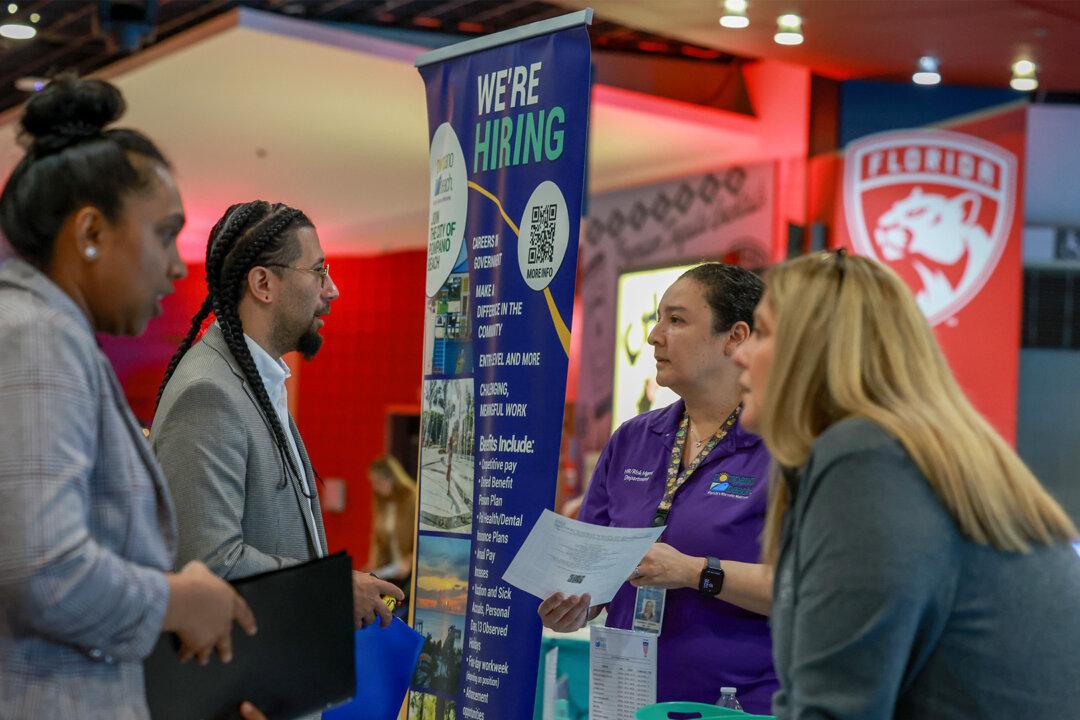In the not-so-distant past, employee turnover in almost any job market was handled by an employer simply getting other workers to replace the ones who had quit, resigned, been fired or laid off, or just taken a temporary leave of absence.
The same would be true now, except that there is currently too much employee turnover in too many job markets.




